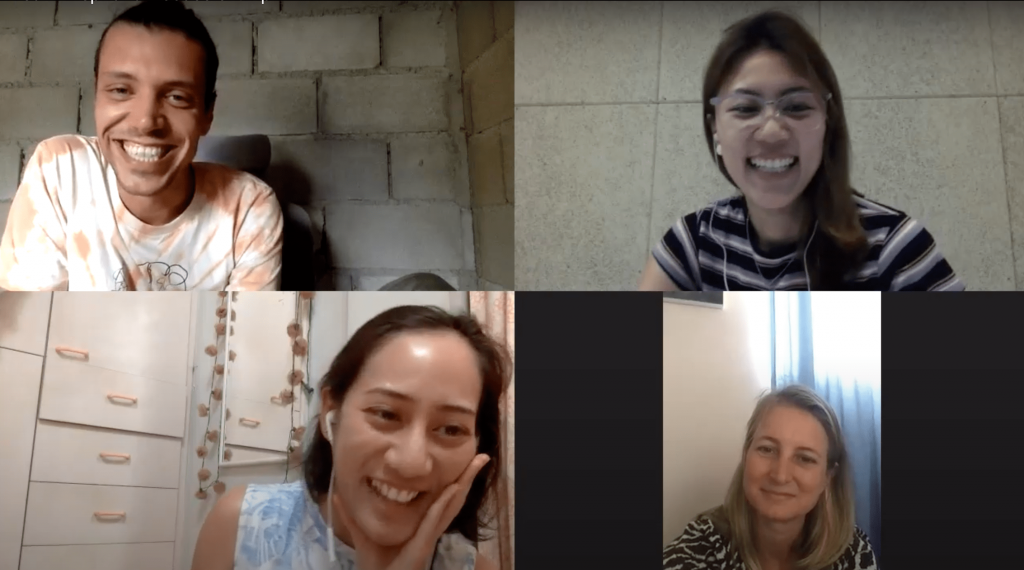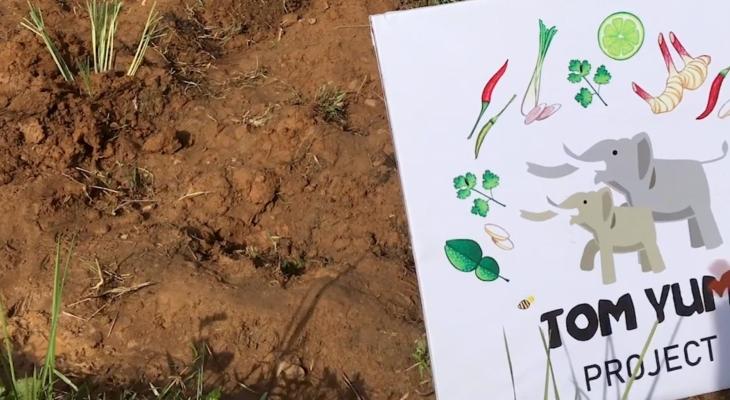A Remote Wild Life
Two years ago, we were in the jungles of Sepilok, embracing torrential rainfall, delighting in the wonders of nature. We were there to document the journey of selfless individuals who are saving the world’s smallest bear from extinction, the sun bears.
Fast-forward to 2021. The impact of COVID-19 meant travelling to produce stories came to a halt and this took a turn on our second wildlife series, A Wild Life: Human-Wildlife Conflict. With the world navigating through a pandemic, travelling has not been possible.
While we’ve told most of our stories remotely in the past year, telling a wildlife story remotely offers a different challenge. Remote filming tests one’s creativity and confidence, especially in wanting to tell a story that brings impact. Any wildlife documentary requires the virtue of patience and the gift of time. Unlike humans, these elusive creatures are unlikely to abide by a planned schedule for the benefit of a film crew.
Rational doubt crept up like a familiar friend:
Are we able to tell the story well? Are we able to get the visuals we need? Will we be compromising on quality?
FINDING THE RIGHT STORY
From the early days of sourcing human-wildlife conflict stories and speaking with various potential story subjects, we heard stories of how good work has been negatively impacted by the pandemic. Plans fell through, fundraising and volunteer events have been put on pause, ecotourism and donations have dried out. But nothing has changed for wildlife across Asia; they are still vulnerable to the conflict with humans. Wildlife conservation work has never been easy and the lack of public support only makes it challenging, especially when uncertainty lies ahead.
While story sourcing, we came across Bring The Elephants Home (BTEH), an international non-governmental organisation (NGO) that advocates for elephant conservation work in Thailand. A particular conversation I had with BTEH’s Founder Antoinette van de Water and Project Manager David Owen, left me feeling inspired and hopeful. I was inspired by their passion and level of dedication in advocating for peaceful human-elephant coexistence; their innovative ideas and solutions in mitigating human-elephant conflict; and the camaraderie they’ve formed with the locals.
Through cross-learning and collaboration with other NGOs and individuals, their implementation of beehive fences and alternative crop planting of ingredients that deter elephants away from the farmers’ fields in Thailand proved to be successful, mutually benefiting both humans and animals. The peaceful coexistence they advocate is becoming a possible reality and this reality could be brought forward to neighbouring countries facing similar conflict.
BTEH’s work and philosophy to me was the crux to the theme of this year’s wildlife series.
Together with our Bangkok-based storyteller Emma Tiemchaiyapum, we kicked off virtual discussions with Antoinette who is currently based in South Africa, and David in Thailand. Across three time zones, we managed to keep communication lines open to ensure that we’re on the same page as we craft the story.

Another challenge we faced was the ever-changing COVID-19 situation in Thailand, which kept us on our toes. We tuned into daily updates on domestic travel restrictions and adjusted our plans almost every other day.
Learned optimism is a wonderful trait I found helpful in the changing dynamics of the world we currently live in. Whether birthed out of desperation or idealism, remote filming and the restrictions brought forth by COVID-19 forced me to look at every possibility to make things work.
I found this very relatable to my craft, the craft of producing stories. While it’s much easier to build relationships in person, having a great team on board with the same vision helped. Having said that, I do wish I could be there in Thailand, producing the story with the team on the ground.





